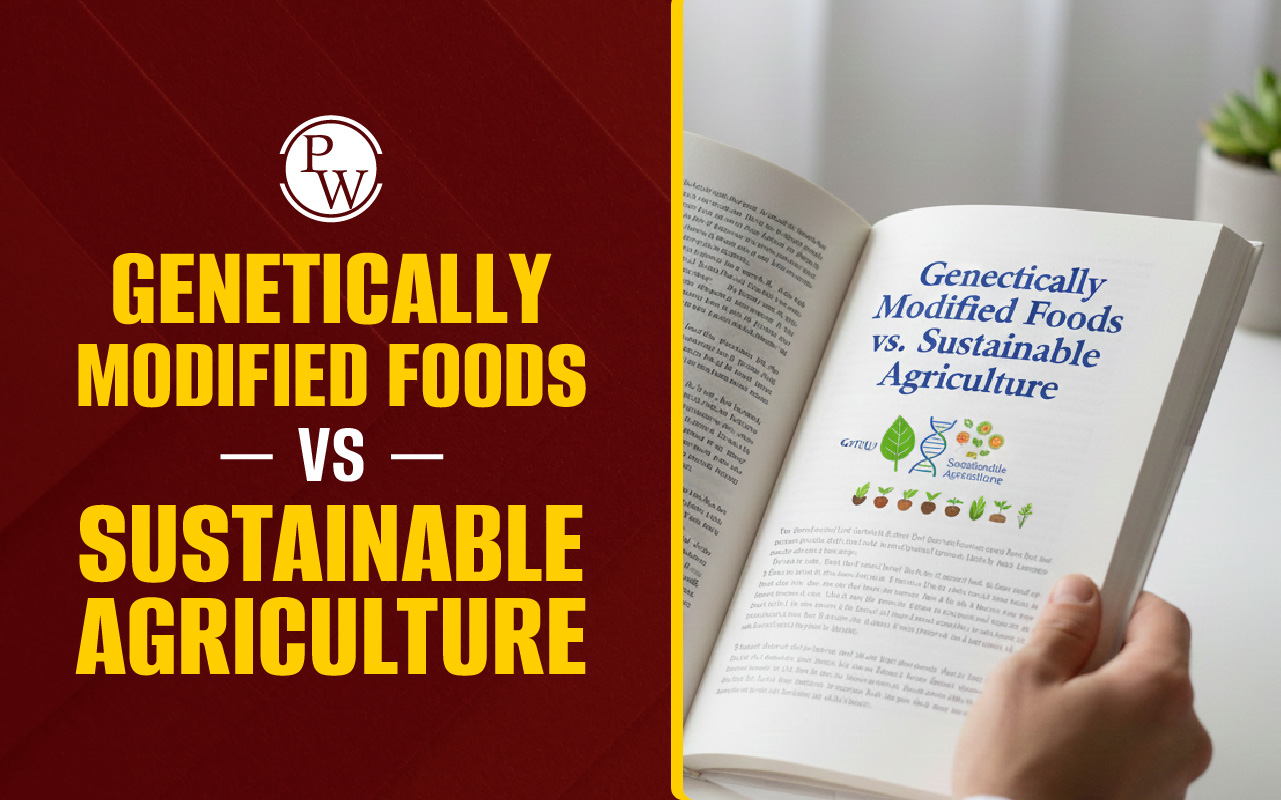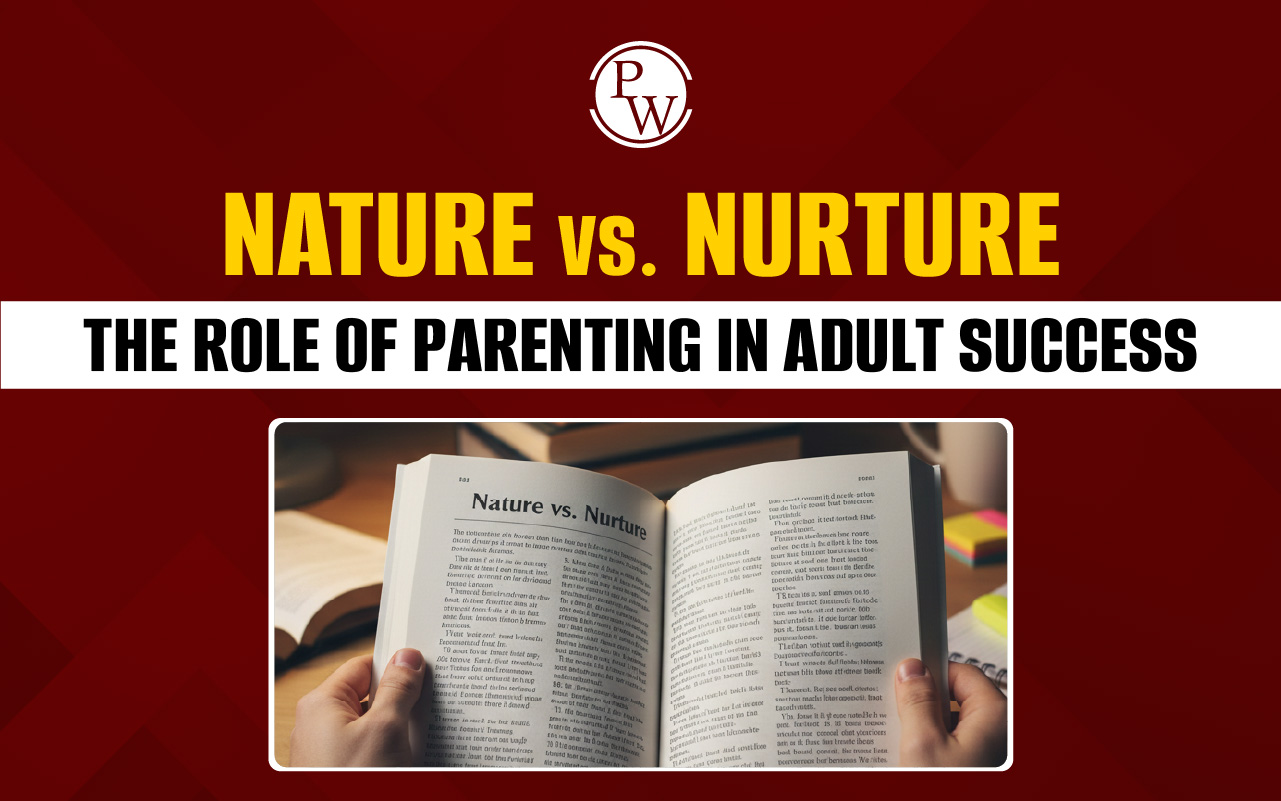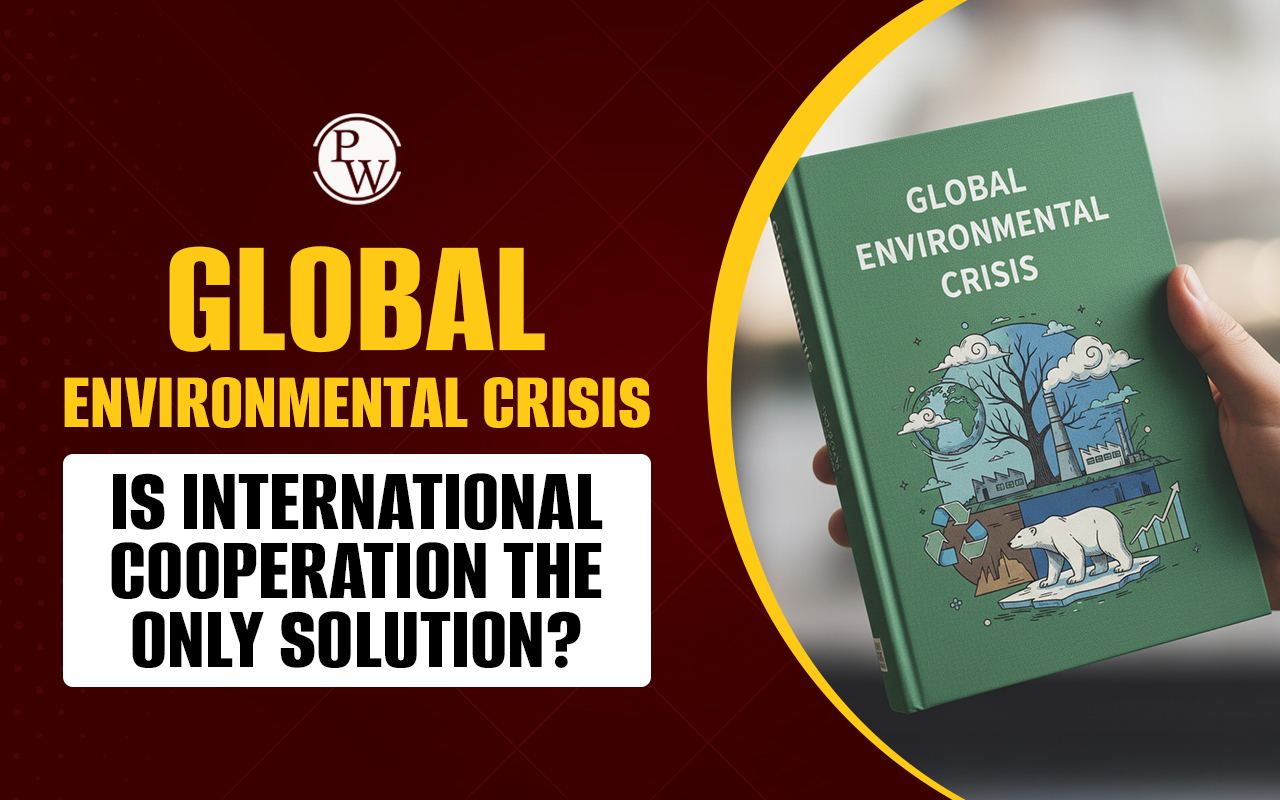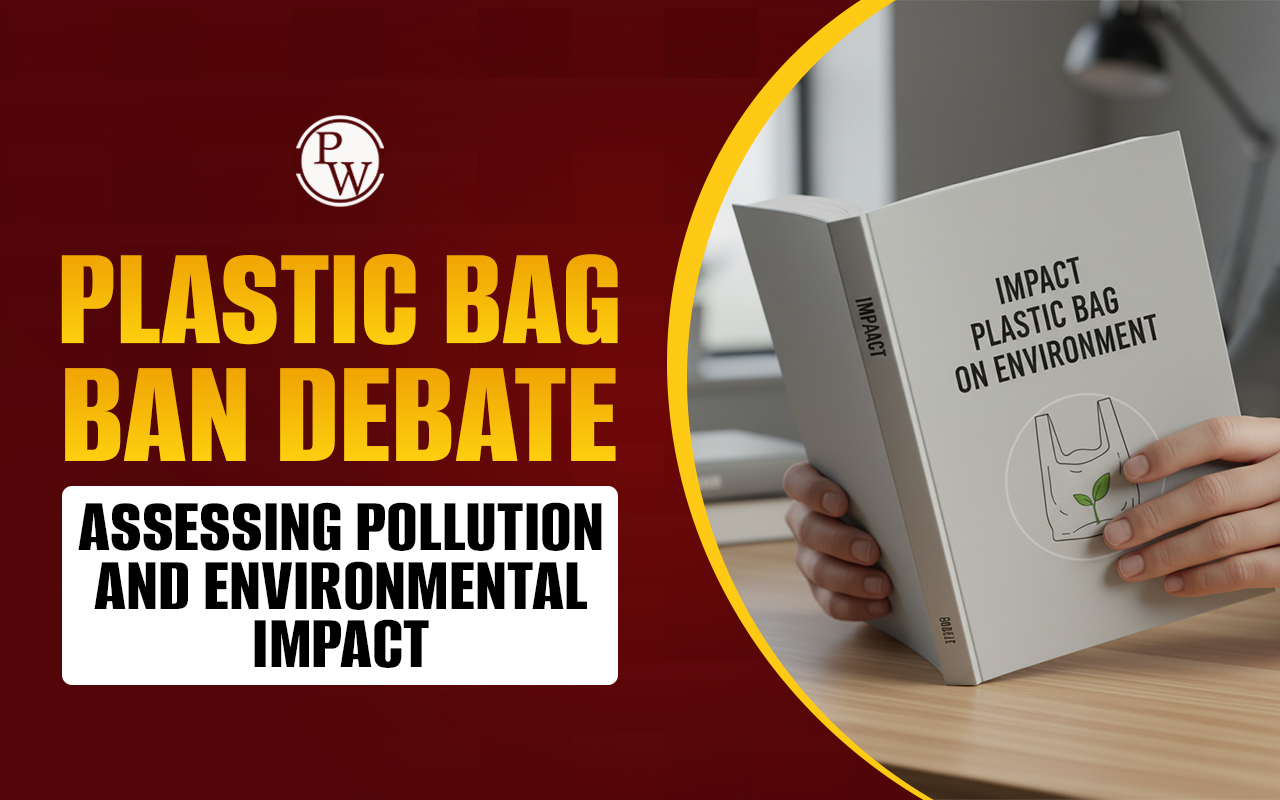
Vines In The Sky Reading Answers: The IELTS reading passage on the “Vines in the Sky” gives an overview of vertical farming involving skyscrapers to bring food production closer to urban centers. In IELTS reading tests, where questions can be asked on the new techniques of farming, Vines in the Sky is an excellent learning tool. Candidates get to know about different technologies, such as hydroponics, artificial lighting, and green architecture, that can be used in indoor farming for effective production. To improve their problem-solving skills, candidates must understand the reading passage on Vines in the sky and practice questions on it with a set timer.
To assist them in their preparation, given below is the IELTS reading explanation for vertical farming or rooftop vegetation with answers and tips to approach such passages. A thorough reading of the passage will help candidates to understand how to approach the IELTS reading on sustainable architecture.
IELTS Reading Passage on Vines in the Sky
Given below is the IELTS reading passage on Vines in the Sky. Study the passage carefully and answer the questions based on it.
IELTS Passage on Vines in the Sky
A. The future farms may be built right in the middle of your neighborhood. Suburban sprawl, combined with huge economies of scale in agricultural operations, has driven food production away from centers of population, with an increase in travel cost and risk of spoilage en route. However, the days of market gardens in cities supplying fresh food items may soon be over; mass urban farming may soon replace them.
A visionary microbiologist, David Michael from U of T, sees our future cities filled with a new kind of market garden. The creator of this radical ‘vertical farming’ thought describes the evolution of the concept from the older idea of ‘rooftop gardening’ in Manhattan. While this was amazing, it couldn’t be made sustainable on a mass scale. But it planted the seed of another great idea. Looking at greenhouse development projects in New York, the resulting concept was mass-scale, indoor, urban farming in skyscrapers.
B. Following this, David set up lab projects aimed at different design challenges and attracted a huge range of enthusiastic collaborators and contributors. He believes this vertical farming method possesses solutions to some of the world’s critical issues. The world population is expected to grow by 3.5 billion to 8.6 billion over the next half-century. By then, some 80% will live in the cities, and they will need something to eat.
At the same time, conventional agriculture and grazing land take up an enormous amount of space, with over 1/3rd of the world’s surface currently used for farming. David figures that in the next 5 decades, an area of new arable land of roughly the size equivalent to Brazil will be required to feed the world’s growing population – land that is simply non-existent.
C. David’s concept relies on using green architecture methods and materials to build skyscrapers that grow and produce agricultural crops. New technologies like cheaper reflectors, which reflect sunlight where it’s required, more efficient energy solar panels, and system-wide recycling are central to the plan. One usual feature is the use of a type of shellfish for the filtration of water. These can clean urban waste to a state more suitable for irrigation.
D. ‘Outside, one acre of land means a single crop per year,’ says David. ‘Indoors, you can cultivate a single crop every three months. You can get four different crops per year.’ He suggests that 150 such buildings could feed the entire neighborhood of New York for one year. Indoor crops require less pesticides and are less vulnerable to natural problems, such as famine. Some academics say that a single skyscraper farm covering 1.5 hectares could produce enough food to feed 35,000 people for one year – the same as a 450-hectare farm. Each floor would be rigged up with special hydroponic watering systems, solar panels to provide electricity, and artificial lighting.
However, vertical farming is not without difficulties. One is – artificial lighting uses a great amount of electricity and generates a considerable amount of heat as well. Another is cost, with some $95 million per building for construction and another $5 million for operation per year.
E. Among experts, opinions vary on the success of this project. It is a serious challenge to create conditions suitable for growth, and some even think the yield from crops would not be economically viable. ‘My biggest reservation is that the basic premise has flaws. We already know the ways to increase food production from existing land resources, particularly in areas with surplus land areas, for instance, sub-Saharan Africa. It’s just that we do it incredibly wrong at the moment, says Rob Sinha, a rural development researcher at the University of Whales. ‘This is a rich person’s aspiration.’
F Yet there are strong supporters everywhere. Luc Jarvis, an advocate at Canada’s IDRC, says the vertical farm is not only possible but will happen very soon. ‘It would gather at one site different elements already at work around the world, he says.
David has the backing of his University as well as venture capitalists from China, India, the Middle East, and the Netherlands. If the vertical farming vision becomes a reality, we could expect fresh fruits and veggies sourced from just around the corner, except these might come from the 51st floor.
Also Read:
- IELTS exam eligibility requirements
- Documents Required for IELTS Registration
- IELTS Test Slot Booking
Vines In The Sky Reading Answers IELTS Questions
Here are some questions on the above IELTS reading passage on Vines in the Sky. Read the questions carefully and answer them accordingly with relevant details.
Question 1-8: True/False
1. Suburban sprawl has contributed to food production moving away from city centers, increasing travel costs, and the risk of spoilage.
2. Vertical farming evolved directly from rooftop gardening, which was sustainable on a mass scale.
3. The world population is expected to decrease by 3.5 billion over the next fifty years.
4. Over one-third of the world’s surface is currently used for farming and grazing.
5. Vertical farms use shellfish to treat urban wastewater for irrigation.
6. Inside vertical farms, four crops can be grown per year on the same land area, compared to only one outdoors.
7. Artificial lighting in vertical farms is inexpensive and generates negligible heat.
8. Vertical farming has substantial support from international investors and university backing.
Questions 9-15 Multiple Choice Questions
9. What is the primary reason that traditional market gardens in cities are being replaced by vertical farming?
A) Increase in urban population
B) Suburban sprawl and economies of scale pushing food production away from cities
C) Lack of technological advancement in farming
D) High cost of land inside cities
10. What was the major limitation of rooftop gardening that led to the development of the vertical farming concept?
A) It was too expensive to maintain.
B) It couldn’t be sustained on a large, mass scale.
C) It required too much water and space.
D) It was only feasible in certain cities.
11. According to the passage, what is a major global challenge vertical farming seeks to address?
A) Climate change caused by farming practices
B) Lack of skilled labor in agriculture
C) Feeding a rapidly growing and increasingly urban population with limited arable land
D) Exporting crops internationally
12. What innovative biological method is mentioned in the passage for treating water in vertical farms?
A) Use of bacteria to purify water
B) Use of a type of shellfish for filtration
C) Reverse osmosis filtration systems
D) Chemical water treatment plants
13. How many crops can be grown annually indoors in vertical farms compared to traditional outdoor farming on the same land?
A) One crop indoors, four crops outdoors
B) Four crops indoors, one crop outdoors
C) Two crops indoors, two crops outdoors
D) Multiple crops indoors, none outdoors
14. What is one significant disadvantage of vertical farming noted in the passage?
A) Difficulty in hiring skilled workers
B) Excessive use of pesticides
C) High energy consumption due to artificial lighting and heat generation
D) Poor crop quality compared to traditional farming
15. Which of the following opinions does Rob Sinha, a rural development researcher, express about vertical farming?
A) It is the only viable solution for future food production.
B) It is economically feasible for large populations.
C) It has flaws and is a "rich person’s aspiration."
D) It will quickly replace traditional farming methods worldwide.
Question 16-20: Summary Completion
The passage discusses how suburban sprawl combined with large-scale agricultural operations has driven food production away from city centers, increasing travel cost and risk of spoilage. As a result, traditional market gardens in cities may soon be replaced by (1) __________ farming involving skyscrapers. David Michael, the visionary behind this concept, developed the idea from the older notion of (2) __________ gardening, which was not sustainable on a large scale.
This new farming method tackles the challenge of feeding a growing global population expected to reach (3) __________ billion within 50 years, with around 80% living in urban areas. Traditional farming uses over one-third of the Earth’s surface, but the land needed for future food production, roughly the size of (4) __________, does not exist. Vertical farms rely heavily on green architecture materials, (5) __________ to direct sunlight, efficient solar panels, and even the use of shellfish for filtering water, making urban waste suitable for irrigation.
What are the IELTS Reading Answers for Vines in the Sky?
Here are the IELTS reading answers for the Vines in the Sky passage. After solving the above questions, analyse these answers to understand the IELTS reading explanation for vertical farming or rooftop vegetation.
Answers: 1-8: True/False
1. True (In Para A of the passage, it is explained that large-scale agricultural operations and suburban sprawl have shifted agricultural production from urban centres. This increased travel cost and damage risks.)
2. False (In Para A, it is given that the rooftop gardening in Manhattan was creative, although it was not sustainable on a large scale. On the other hand, vertical farming became a large-scale indoor alternative.)
3. False (In Para B of the passage, it is mentioned that the population is expected to increase by 3.5 billion to reach 8.6 billion in the next 50 years.)
4. True (Para B mentions that more than one-third of the earth's surface is used for agriculture and grazing.)
5. True (It is mentioned in part C of the passage that shellfish are used in the system to filter water, cleaning urban waste for irrigation.)
6. True ( Para D quotes David saying indoor cultivation allows growing four crops per year versus one outdoors.)
7. False (Para D mentions that artificial lighting consumes high electricity and produces considerable heat.)
8. True (Para F mentions notes that are backed by universities and venture capitalists from multiple countries.)
Answers: 9-14 Multiple Choice Questions
9. B) Suburban sprawl and economies of scale pushing food production away from cities. (Para A mentions that suburban expansion and large agricultural operations have moved food production away from population centers, leading to increased costs and damage risks. It promoted vertical farming as an effective solution. )
10. B) It couldn’t be sustained on a large, mass scale. (Paragraph A explains that although rooftop gardening in Manhattan was a creative and impressive idea, it couldn’t be expanded to a large-scale, sustainable operation. It inspired David Michael to develop large indoor farms inside skyscrapers, leading urban farming to a whole new level.)
11. C) Feeding a rapidly growing and increasingly urban population with limited arable land. (Para B states that it is expected that the population will grow to 8.6 billion, with 80% urbanization, leading to less arable land. Vertical farming is the best demolition for such scenarios.)
12. B) Use of a type of shellfish for filtration (Para C states that use of shellfish to clean wastewater is recommended for irrigation within vertical farming.)
13. B) Four crops indoors, one crop outdoors (In Para D, David Michael draws a comparison between outdoor farming and indoor vertical farming. Indoor vertical farming can yield four crops annually on the same area compared to outdoor farming, producing a single crop per year per acre.)
14. C) High energy consumption due to artificial lighting and heat generation (Paragraph D discusses challenges of vertical farming, including heat production from artificial lighting and the large electricity usage.)
15. C) It has flaws and is a "rich person’s aspiration." (Paragraph E quotes Rob Sinha, who criticizes vertical farming as unrealistic and primarily suited for wealthy individuals.)
Question 16-20: Summary Completion
Complete the summary of the passage given above with no more than two words for each answer.
16. Vertical (In Para A, it is given that vertical farming is replacing market gardens.)
17. Rooftop (Para A mentions that rooftop gardening evolved in Manhattan.)
18. 8.6 (Para B shows that the population is expected to grow to 8.6 billion in 50 years.)
19. Brazil (Para B mentions that new arable land will be equivalent to the size of Brazil)
20. Reflectors (Para C shows that cheaper reflectors were used to direct sunlight)
How to Solve the IELTS Reading Passage on Urban Greenery?
Here are a few tips on how to solve the IELTS reading passage on Urban Greenery and how to approach the IELTS reading on Sustainable Architecture.
- Skim the IELTS reading passage on Urban Greenery and get an overall idea of the topic. Highlight important points such as benefits, challenges, and types of urban green spaces like parks, rooftop gardens, vertical forests, etc. To improve their problem-solving skills, candidates must understand the reading passage on Vines in the sky and practice questions on it with a set timer
- Mark keywords and names such as population percentages, cost, benefits, renewable energy, insulation, water conservation, rainwater harvesting, eco-friendly materials, and David Michael for vertical farming.
- Identify if the question asks for True/False/Not Given, Multiple Choice, Summary Completion, or Matching Information. Each set of questions requires a different approach.
- Use paragraph references while answering questions. Look for topic sentences and supporting facts related to the questions asked.
- Focus on synonyms or paraphrased information. For instance, "urban heat island effect" means cities are warmer than surrounding areas.
- Set a time frame to solve the questions. Take approximately 15 minutes to read the passage thoroughly and 5 minutes to answer each question. Give 2-3 minutes for revision also.
- Be mindful of words like "not," "only," or "always," as they can completely change the meaning of a sentence. Paying attention to these words.
Guidance of PW IELTS
Physics Wallah offers multiple online IELTS courses for all students. Follow the IELTS pages to better prepare for the exam.
| What is IELTS Exam? | Documents Required for IELTS Registration |
| IELTS exam eligibility requirements | IELTS Exam Fees |
| IELTS test results | IELTS Exam Pattern |
Vines In The Sky Reading Answers FAQs
What is the main idea of the Vine in the Sky passage?
Who is the visionary behind the vertical farming concept in the passage?
What types of questions are asked in the IELTS reading test?
What skills are evaluated in the IELTS reading test?










